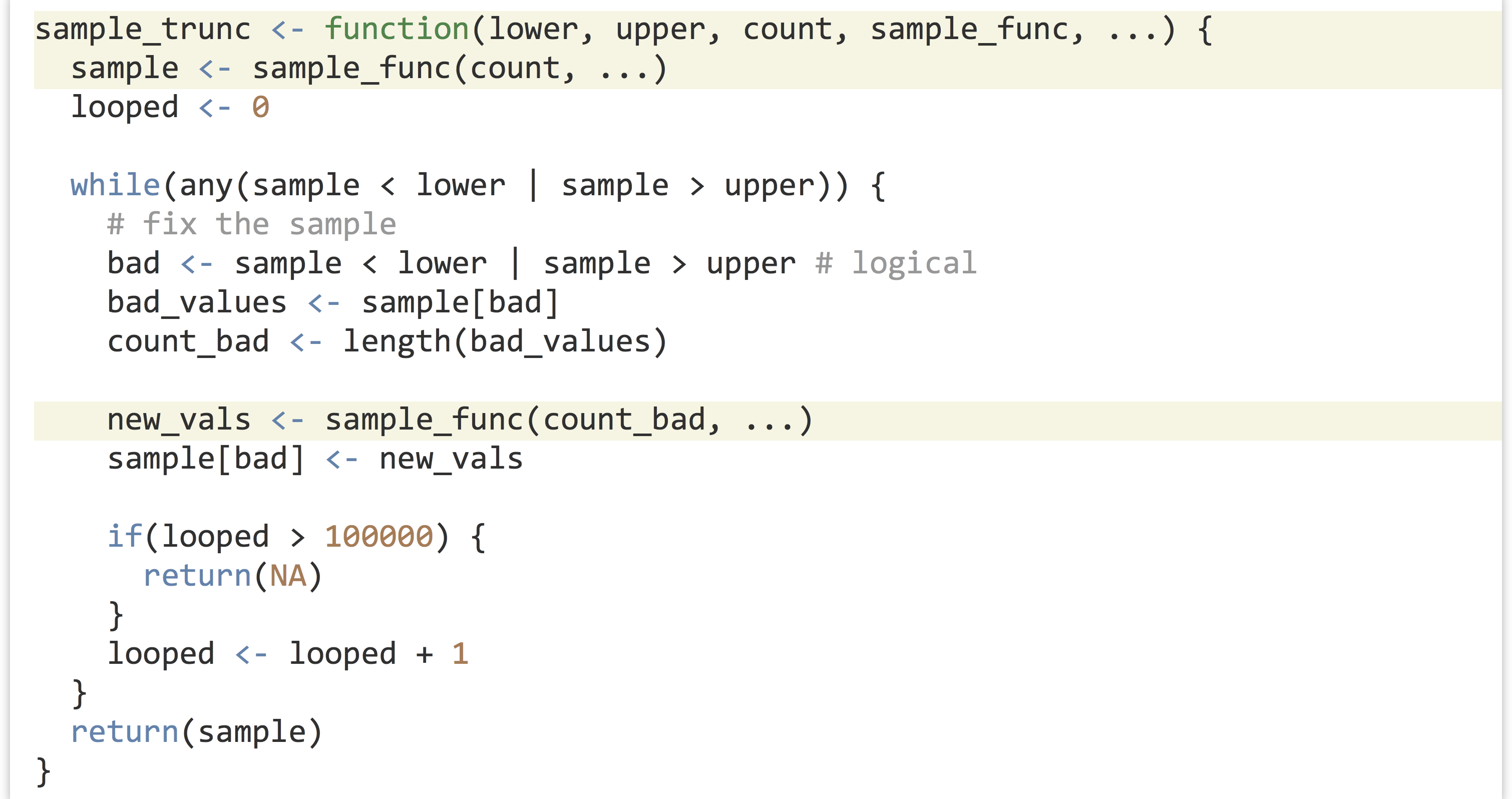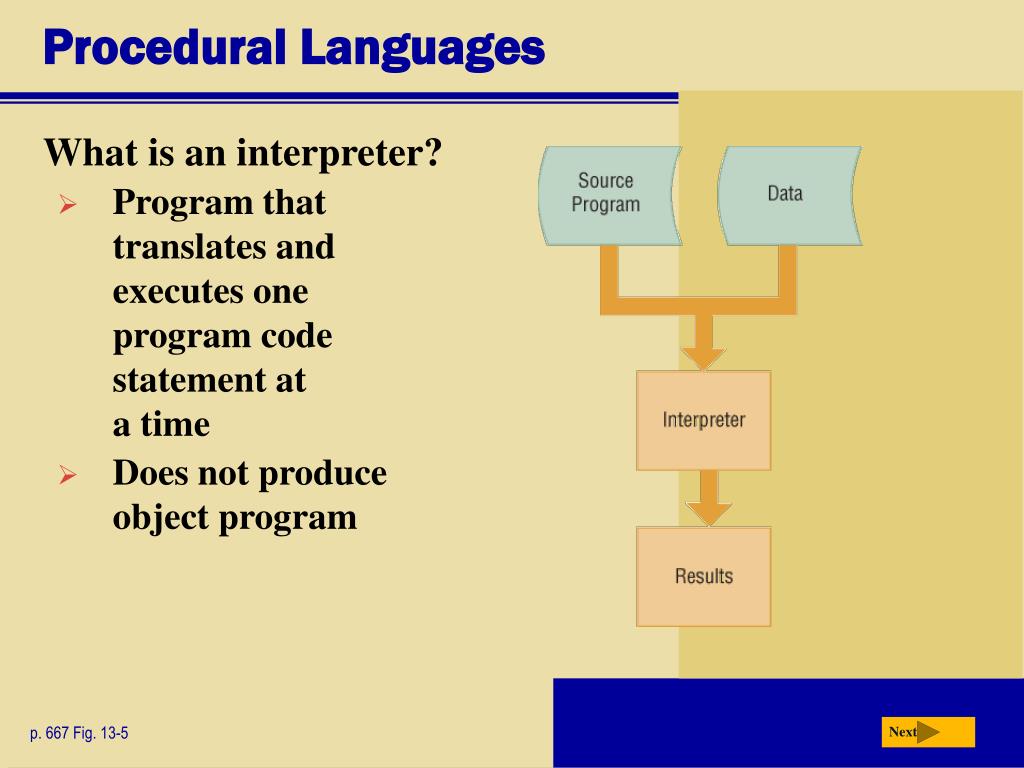


The feature set of functional languages is therefore designed to support writing programs as much as possible in terms of pure functions: The main difference between the styles is that functional programming languages remove or at least deemphasize the imperative elements of procedural programming. Functions and their modularly separated from each other in the same manner, by the use of function arguments, return values and variable scopes.By the same token, procedure calls correspond to function application.
Procedural programming language list code#
Both allow the reuse of the same code in various parts of the programs, and at various points of its execution. The principles of modularity and code reuse in practical functional languages are fundamentally the same as in procedural languages, since they both stem from structured programming. Nomenclature varies between the two, although they have similar semantics: The most important distinction is that while procedural programming uses procedures to operate on data structures, object-oriented programming bundles the two together, so an "object", which is an instance of a class, operates on its "own" data structure. The focus of procedural programming is to break down a programming task into a collection of variables, data structures, and subroutines, whereas in object-oriented programming it is to break down a programming task into objects that expose behavior (methods) and data (members or attributes) using interfaces. As such, procedural languages generally use reserved words that act on blocks, such as if, while, and for, to implement control flow, whereas non-structured imperative languages use goto statements and branch tables for the same purpose. However, procedural programming relies heavily on blocks and scope, whereas imperative programming as a whole may or may not have such features. Often, the terms "procedural programming" and "imperative programming" are used synonymously. This could be anything from variables (which may correspond to processor registers) to something like the position of the "turtle" in the Logo programming language. Procedural programming languages are also imperative languages, because they make explicit references to the state of the execution environment. Less modular procedures, often used in small or quickly written programs, tend to interact with a large number of variables in the execution environment, which other procedures might also modify.īecause of the ability to specify a simple interface, to be self-contained, and to be reused, procedures are a convenient vehicle for making pieces of code written by different people or different groups, including through programming libraries.Ĭomparison with other programming paradigms Imperative programming It prevents the procedure from accessing the variables of other procedures (and vice versa), including previous instances of itself, without explicit authorization.

Scoping is another technique that helps keep procedures modular. Inputs are usually specified syntactically in the form of arguments and the outputs delivered as return values. Modularity is generally desirable, especially in large, complicated programs.

Please help improve this article by adding citations to reliable sources. This article needs additional citations for verification.


 0 kommentar(er)
0 kommentar(er)
